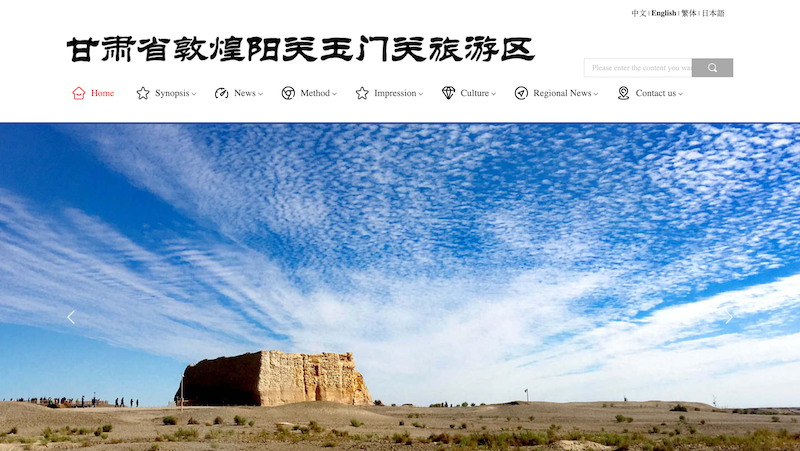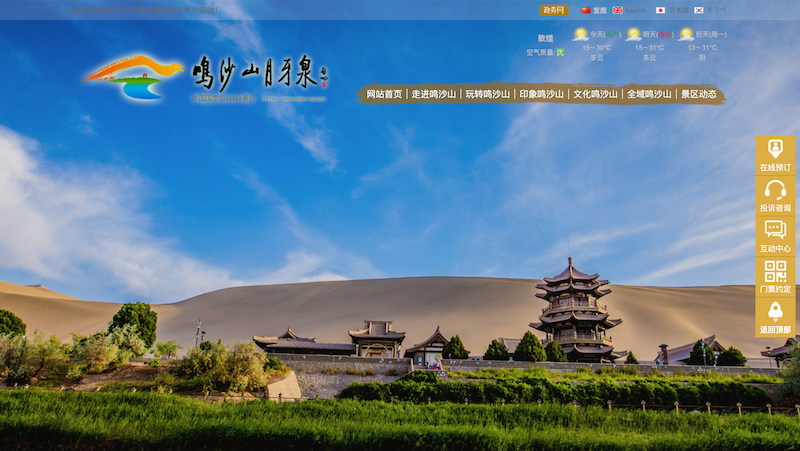Yang Pass & Yumen Pass: Guardians of the Silk Road
1. Historical Significance
- Strategic Twins: Built under Emperor Wu of Han (111 BC), these passes formed the "Four Commanderies and Two Passes" system (Dunhuang, Jiuquan, Zhangye, Wuwei + Yangguan/Yumen).
- Yang Pass: Southern gateway for envoys and merchants (e.g., Xuanzang's return from India).
- Yumen Pass: Northern military hub for jade trade ("Jade Gate").
- Poetic Legacy: Immortalized in Tang poetry like "No spring breeze beyond Yumen Pass" and "No friends west of Yang Pass".
2. Architectural & Geographical Features
| Pass | Location | Key Structures | UNESCO Status |
|---|---|---|---|
| Yang Pass | 80km SW of Dunhuang | Beacon tower (4m tall), oasis remnants | Part of Silk Road heritage |
| Yumen Pass | 90km NW of Dunhuang | Xiaofangpan Fort (9.7m walls, 630㎡) | Listed in 2014 |
- Yang Pass: Situated near Nanhu Oasis, its flat terrain belied its strategic control of water sources (Wuwachi Pond).
- Yumen Pass: Square rammed-earth fortress with west/north gates, surrounded by barracks and beacon towers.
3. Cultural & Modern Relevance
- Trade & Diplomacy: Yang Pass handled Silk Road commerce, while Yumen Pass regulated jade caravans from Khotan.
- Preservation:
- Digital Archives: Explore artifacts via Dunhuang Academy.
- Tourism: Combined tours available (¥120-180, book at Dunhuang Tourism Bureau).
Visitor Tips:
- Best Time: April–October (avoid sandstorms).
- Access: Shuttle buses from Dunhuang; Yumen Pass requires 4WD for remote sections.



